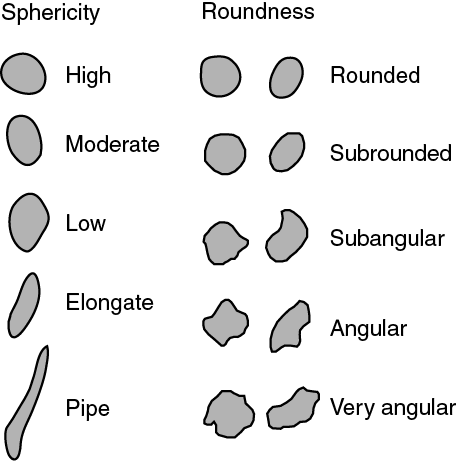

The Beach
If you look really closely at the sand on Bondi Beach you’ll see that it is composed of two main ingredients: quartz and shell. This is the clue to the sand’s origin. The shells come from sea animals and the quartz comes from the sandstone rocks which form the headlands. Sandstone is a sedimentary rock composed of sand-sized minerals or rock grains
The sand on Bondi Beach is locked between the boundary headlands. Over thousands of years, these headlands have been subject to slow erosion by wind and water, breaking down the rocks into smaller and smaller particles. These particles have formed the beach, with the only escape being directly offshore to deep water. And this is where sand has been escaping for the past 12 000 years. During very big seas and swell, a series of mega-rips form. These massive rips are big and fast, enabling them to erode more beach and transport it faster and further seaward in water depths between 30 to 80 m, 1 to 3 km off the coast.
The term 'sand' describes a grain size, the next smaller ones would be silt and clay and the next coarser ones would be gravel and boulders. The grain-size of a sediment is a result of certain factors like the chemical composition of the grain, the severity of the erosion and weathering, and the distance and energy the particle was transported. If you look closely you can see that all the particles have a slightly different shape. However the general appearance of the particles can be classified with respect to its sphericity (is the particle soccer ball shaped or is it more rugby ball shaped) and how rounded the particle is (angular or round). See the visual estimation chart below.

Your Task
Send me your answers to the questions below via a message for approval prior to logging your find here
* Read the information above and then walk along to the cliffs at the southern headland. Here you will see some of the ancient rocks which form the cliffs. If you look into a small cave or crevice, you will notice that the rocks are being eroded, and particles of sand grains are falling off.
1 What is the name of this rock type?
2 What colour are these rocks?
* Now walk to the beach. Grab a handful of sand and spread it out on your palm. Using the camera on your phone, zoom in on the grains (make sure it's focused). Then enlarge the photo so you can see the grains more easily.
3 Apart from the clear quartz, list 3 colours that make up the sand grains.
4 Classify the sand on the beach using the visual estimation chart above. What is the average sphericity and roundness of the sand grains?
5 Scattered along the walkway beside the beach are some signs (such as in front of the pavilion) with warnings and regulations. Which of these regulations do you think is the most important for preserving Bondi Beach and its beauty?
* With your log, upload a photo of yourself on the beach, maybe holding some of the famous Bondi sand in your hand (but don't show a close-up photo of the actual sand grains).
I hope you have enjoyed wriggling your toes in the famous Bondi Beach sand 

![]()
